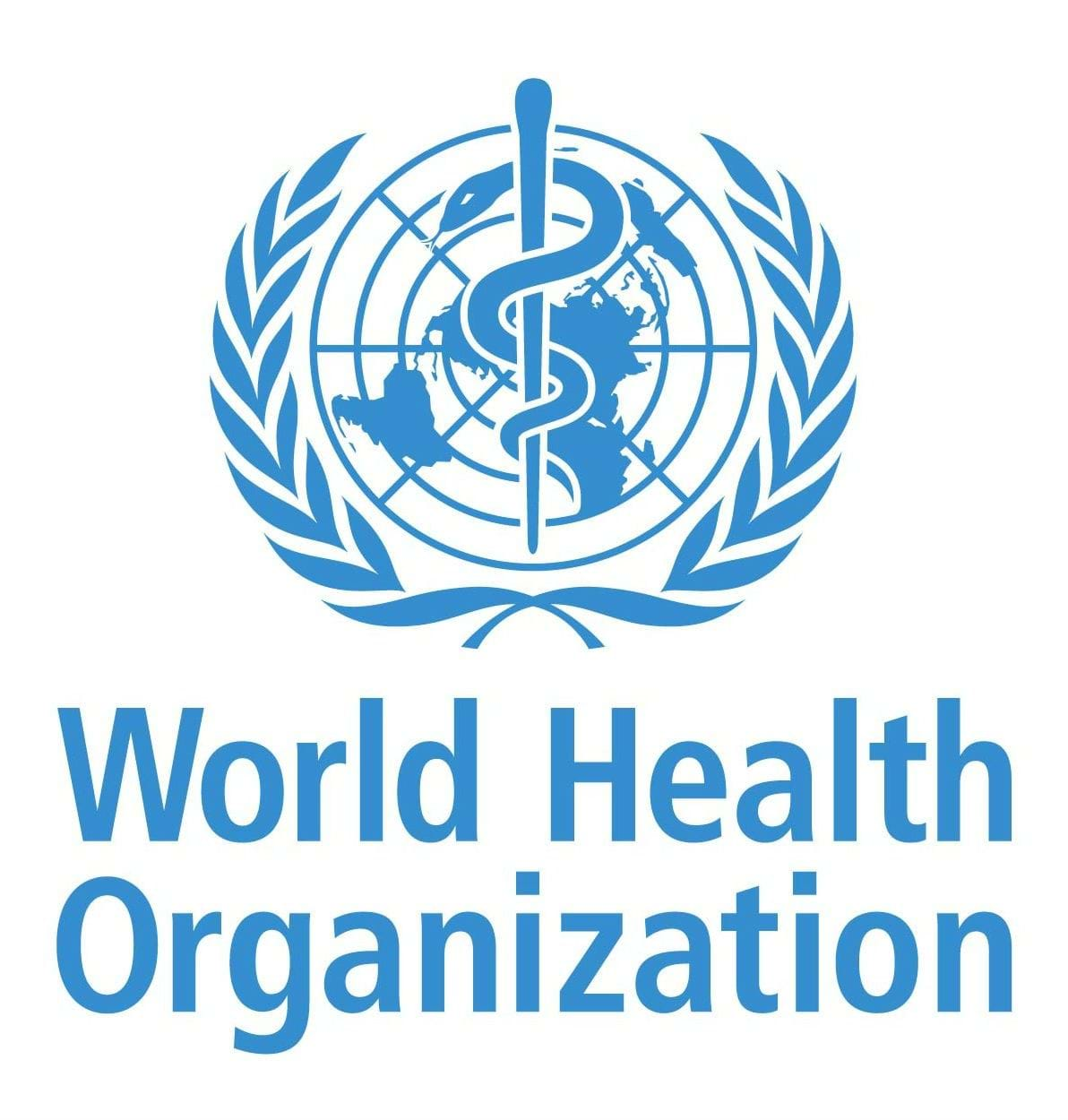In Lira’s dusty alleyways, where silence often veils suffering, a quiet revolution is stirring, driven by the voices of girls refusing to be forgotten. Here, menstrual stigma isn’t just a personal shame; it’s a systemic failure that keeps classrooms empty, dreams deferred, and bodies misunderstood. Yet against the tide of patriarchal norms and crumbling health systems, girls are rewriting the narrative, and their stories deserve a global stage.
At 15, Maureen chose activism over silence. When her school lacked safe menstrual facilities and no one taught her what a period even meant, she skipped class for days each month. “I used to feel dirty,” she whispered. But today, she stands in front of younger girls with sewn reusable pads in her hands and fire in her eyes. She trains peers in sanitary care, educates boys about dignity, and demands accountability from leaders who dismiss “women’s issues” as too delicate for discussion.
Her story isn’t isolated — it’s echoed across East Africa. From refugee camps in Nakivale to communities recovering from conflict in Karamoja, girls navigate compounded vulnerabilities: early marriage, lack of contraception, gender-based violence, and absent maternal care. These aren’t unfortunate coincidences; they are consequences of underinvestment and gendered neglect.
- Over 500 million women globally lack access to menstrual products and hygiene facilities.
- In sub-Saharan Africa, complications from pregnancy and childbirth are still the leading cause of death among adolescent girls.
- Access to sexual and reproductive health services remains limited, particularly in rural and conflict-affected areas.
But facts alone don’t stir change; stories do.
Like Joan’s. A teenage mother who was expelled from school now runs a health workshop for pregnant girls who’ve faced similar rejection. Or Sharifah, who dreams of becoming a midwife after witnessing her sister die from postpartum hemorrhage. These girls aren’t statistics. They are strategists, caregivers, changemakers — demanding we move beyond awareness to action.
This is what menstrual justice looks like. This is health equity in motion.
So what’s next?
Global actors must stop treating community voices as supplements to evidence; they are the evidence. We must fund youth-led initiatives, ensure girls are at decision-making tables, and design policies with their lived experiences at the core. When girls speak, the world must not just listen — it must respond.
Because in every corner of the world, from slums to settlements, girls are choosing courage. And if their stories teach us anything, it’s this: healing begins when voices are heard.

.png?sfvrsn=6d0e27cd_1)



